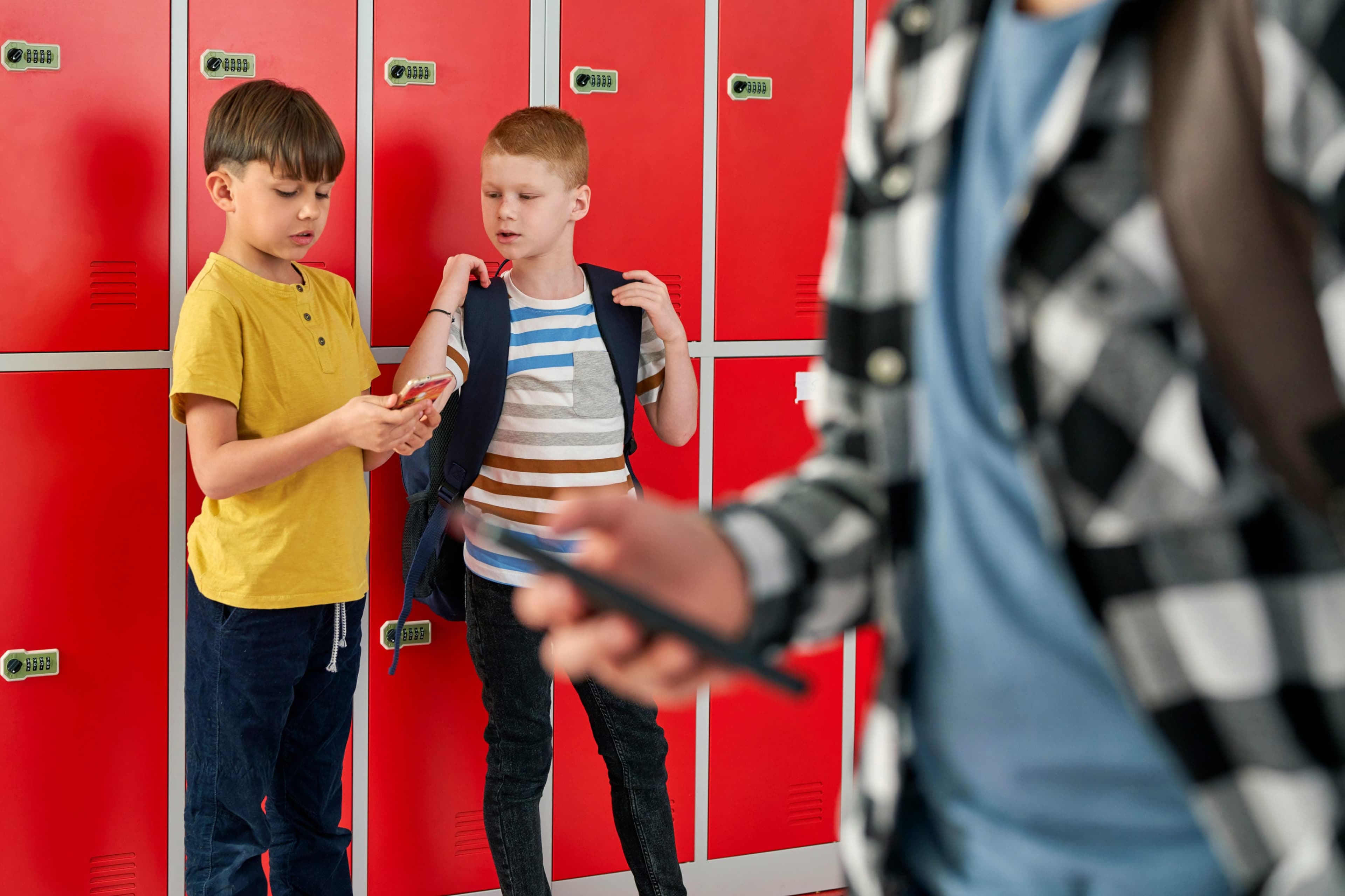
Level Up Your Classroom: Teachers' Guide to Gamification for Heroic Results
I vividly remember the day my teaching shifted... My middle school students stared blankly as I introduced another dry STEAM lesson. Frustration and disengagement hung thick in the air. Desperate for a breakthrough, I decided to gamify our learning—adding challenges, points, badges, and a leaderboard. By the end of that week, my classroom was buzzing with excitement, collaboration, and healthy competition. My students rushed to class, eager for the next mission. Gamification, I realized, wasn’t just a flashy trend; it was the missing piece in my teaching toolkit.
Motivation with Healthy Competition
Why Competition Matters
It's no secret that healthy competition can spark the desire to achieve. Students strive to exceed their personal bests, feel excitement about learning, and invest more effort into tasks simply because there’s a goal or challenge involved. Importantly, competition isn’t only about winning—it’s about personal growth and celebrating progress. When implemented thoughtfully, competition drives engagement, perseverance, and lasting motivation.
How to Make Competition Healthy
Team vs. Individual Play: I noted a 67% student preference for collaborative challenges over solo competitions. Collaboration reduces anxiety and increases engagement, especially in mixed-ability settings.
Effort-Based Rewards: Recognize growth and persistence rather than just speed or accuracy. Try badges for retrying tricky problems or teamwork efforts.
Flexible Leaderboards: Use team leaderboards or rotating challenges to keep the atmosphere positive and inclusive.
When I moved from individual leaderboards to team quests in my classroom, disengaged students stepped up as leaders, previously shy kids found their voice, and our assignment completion rate jumped from 76% to over 90% in a single unit.
Turning the Mundane Into Magic
Gamification transforms the most mundane tasks into engaging adventures. Whether it’s a worksheet disguised as a “boss battle” or vocabulary practice reframed as a “quest for treasure,” students become motivated to participate and persist—even in routine assignments.
Micro-Challenges: Daily quizzes for participation points, timed “missions” for classroom procedures, or scavenger hunts using content-based clues turn basic activities into class favorites.
Storytelling: Embed lessons in narrative frameworks—a history unit can be a time-travel journey; a science experiment, a superhero challenge.
A reluctant reader in my class became a “reading champion” virtually overnight when reading was gamified with points and levels.
Micro-Learning Opportunities
Gamification shines in micro-learning. Short, focused learning segments paired with game mechanics—like badges, levels, instant feedback—boost engagement and knowledge retention.
Instant Feedback Loops: Real-time digital quizzes (Kahoot!, Quizizz) let students see progress, reinforce learning, and incentivize self-improvement.
Tiered Badges and Re-attempts: Allow students to retake sections for better rewards, seeing mistakes not as failures but learning opportunities.
Apps like Headway, using achievement streaks, points, and rapid feedback, show dramatic increases in both engagement and retention.
Empower Students With Agency
Giving students choices unlocks their agency and intrinsic motivation. Gamification lets learners select quests, design avatars, or even create challenges for peers, tailoring their learning experience to personal interests and strengths.
Choice Boards: Offer a menu of assignments with different point values; students pick tasks that fit their goals.
Branching Pathways: Stories or modules t
Read-Only
$3.99/month
- ✓ Unlimited article access
- ✓ Profile setup & commenting
- ✓ Newsletter
Essential
$6.99/month
- ✓ All Read-Only features
- ✓ Connect with subscribers
- ✓ Private messaging
- ✓ Access to CityGov AI
- ✓ 5 submissions, 2 publications
Premium
$9.99/month
- ✓ All Essential features
- 3 publications
- ✓ Library function access
- ✓ Spotlight feature
- ✓ Expert verification
- ✓ Early access to new features
More from Education
Explore related articles on similar topics





